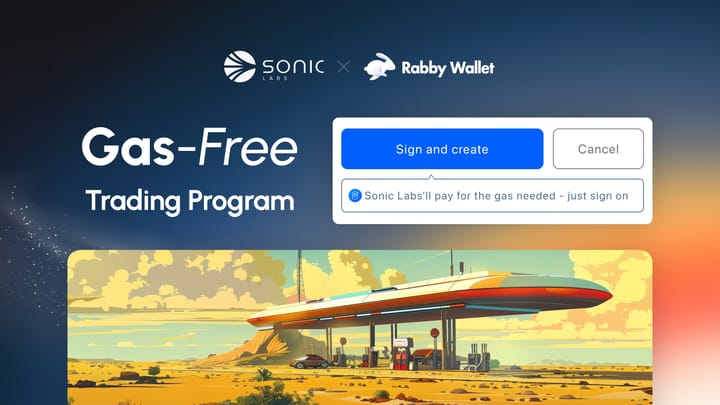LayerZero and Axelar Introduce USDC, USDT, WETH, and WBTC to Fantom
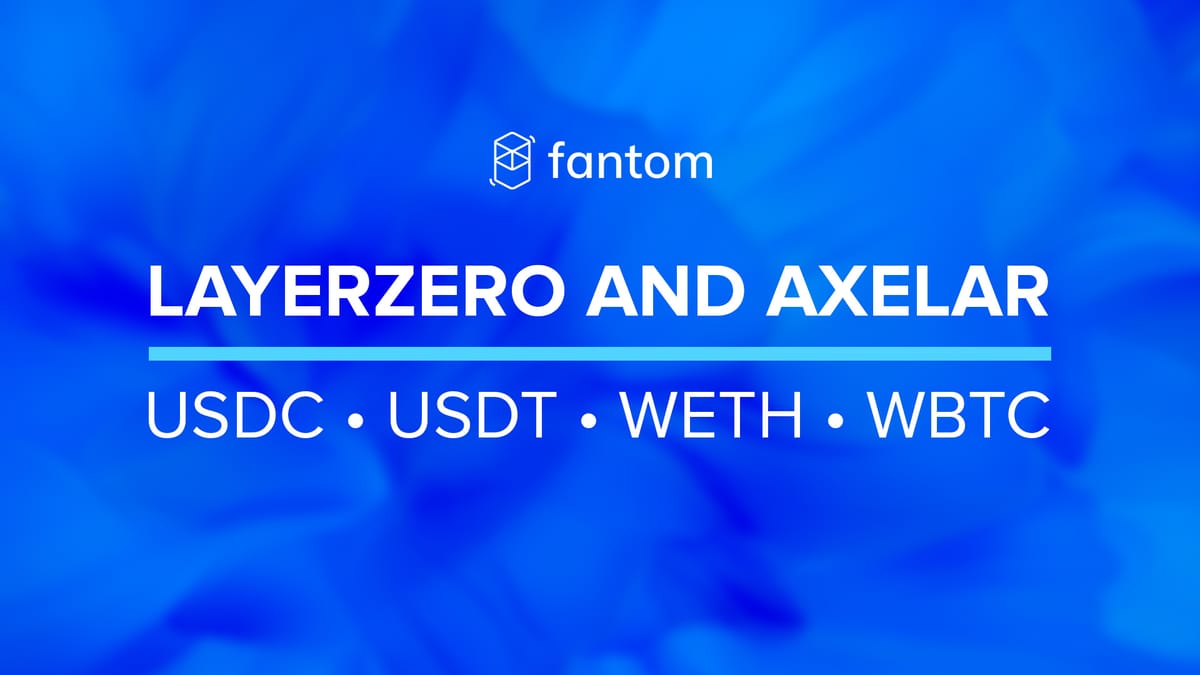
LayerZero and Axelar, two interoperability protocols, have enriched the suite of assets available in the Fantom ecosystem by introducing their own versions of popular stablecoins and tokens — USDC, USDT, WETH, and WBTC.
This development has diversified the token selection on the Fantom chain, enhancing the accessibility of bridging to the network from other blockchains. Read further to gain a deeper understanding of the bridges that issue these tokens and learn how to bridge to Fantom using them.
— What are bridges?
— How do bridges work?
— LayerZero
— Axelar
— How to bridge to Fantom using LayerZero
— How to bridge to Fantom using Axelar
What are bridges?
Blockchain bridges are protocols that let users transfer tokens between chains while preserving decentralization, which is vital to allow for the free flow of liquidity between networks.
When bridges are unavailable, users must use centralized exchanges for cross-chain transfers, which have several disadvantages, including price volatility and privacy concerns. As such, bridges are a crucial part of networks like Fantom, ensuring the preservation of decentralization; LayerZero and Axelar both offer bridges on Fantom.
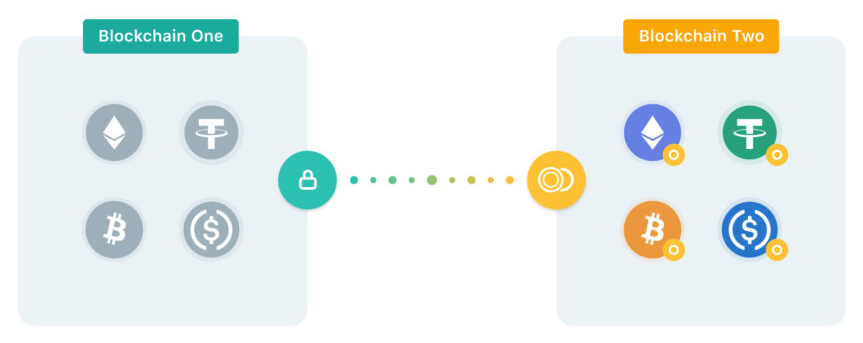
How do bridges work?
Fundamentally, bridges are smart contracts into which users can deposit tokens on one chain and receive an equivalent amount of the token on another chain. For example, if users deposit USDC into a bridge on Ethereum, the bridge will mint them an equivalent amount of wrapped USDC on Fantom, effectively moving liquidity from Ethereum to Fantom.
These newly-generated tokens are “wrapped” as they are not native assets but rather tokens that track the price of the native asset on the origin chain. LayerZero and Axelar differ in their mechanics to facilitate these cross-chain token transfers.
LayerZero
LayerZero deploys smart contracts, known as endpoints, on each chain that it supports. These endpoints can send messages to each other using off-chain oracles and relayers.

For example, when a user submits a transaction to transfer tokens from Ethereum to Fantom, the endpoint on Ethereum sends the transaction’s details to the oracle and relayer, both of which verify its validity. Once the transaction is deemed valid, the endpoint on Fantom facilitates a transaction to grant the user their tokens.
This mechanism powers Stargate, the bridge developed by LayerZero. For its Fantom-based tokens, the bridge uses a locking and burning mechanism; to transfer tokens from Ethereum to Fantom, the bridge on Ethereum locks the user’s tokens and mints an equivalent amount on Fantom. To reverse the process, the bridge on Fantom burns the user’s tokens and releases the locked tokens on Ethereum.
However, Stargate mainly is known for its native asset transfers and swaps, which allow users to transfer native tokens across chains. This is possible due to the shared access of Stargate’s connected liquidity pools across multiple chains, e.g. users can deposit USDC into the pool on one chain and receive USDC on another chain, eliminating the need for constant locking, minting, and burning of tokens usually required with bridging.
This native transfer is available for LayerZero’s Fantom-based assets as well. For example, users can transfer USDC between Arbitrum and Fantom natively through Stargate’s unified liquidity pools. However, transferring assets between Ethereum and Fantom will continue to use the locking and burning mechanism as described above.
The tokens LayerZero currently has deployed on Fantom are lzUSDC, lzUSDT, lzDAI, lzWETH, lzWBTC, and lzCRV, each of which has its equivalent native asset locked in LayerZero smart contracts on Ethereum.
Axelar
Axelar has its own proof-of-stake blockchain that connects several dozen chains with each other. The validators that run this chain are responsible for monitoring gateways, which are the smart contracts on the blockchains connected to Axelar. These gateways are responsible for cross-chain communication.

For example, when a user submits a transaction to transfer tokens from Polygon to Fantom, the validators ensure its validity before locking the tokens in the gateway on Polygon and minting an equivalent amount through the gateway on Fantom. As such, Axelar uses the aforementioned locking and burning mechanism to transfer tokens across chains.
Axelar expands upon its bridging functionalities by offering cross-chain swaps on Fantom using Squid, which is a protocol built on Axelar that leverages existing DEXs on Axelar-connected chains to offer one-click, cross-chain swaps.
For example, if users wish to swap MATIC on Polygon for FTM on Fantom, Squid executes the following steps, requiring only one transaction from users:
- Using a DEX on Polygon, swaps the MATIC to USDC
- Swaps the USDC to axlUSDC
- Bridges the axlUSDC to Fantom using Axelar
- Using a DEX on Fantom, swaps the axlUSDC to FTM
The tokens Axelar currently has deployed on Fantom are axlUSDC, axlUSDT, axlWETH, and axlWBTC, each of which has its equivalent native asset locked in the Axelar gateway on Ethereum. Learn more about how Axelar secures its cross-chain assets.
How to bridge to Fantom using LayerZero
To bridge tokens to Fantom using LayerZero, head to Stargate Transfer.
From there, choose Fantom (FTM) as the destination and pick a token to transfer. Currently, you can choose between USDC, USDT, DAI, WETH, WBTC, and CRV.
Once you have selected a token, confirm the transfer and the tokens will arrive to your Fantom address, minus a 0.06% protocol fee. To receive the tokens on a different address, click the wallet icon and type in a custom address.
Stargate includes a Gas on destination feature that increases the gas fee of the transaction slightly to deliver FTM to your destination address, which is helpful when transferring to empty addresses. To modify this amount, click the advanced settings icon.
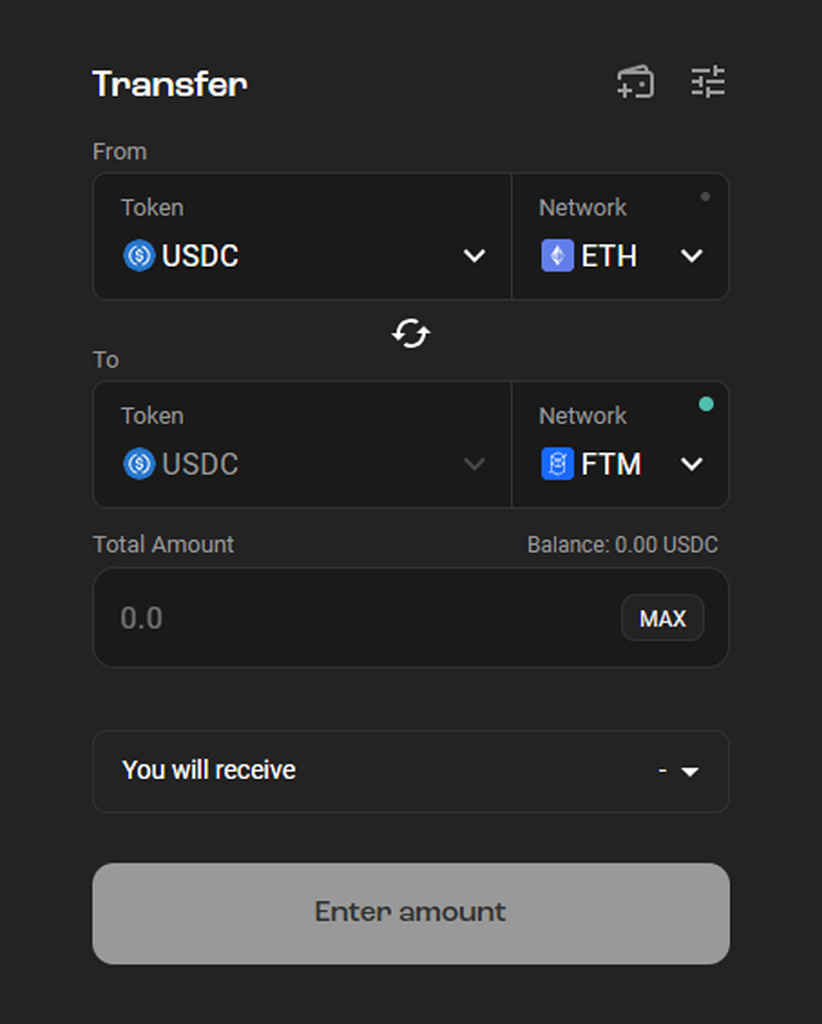
Note that you will receive the LayerZero versions of these tokens, which are labeled lzUSDC, lzUSDT, lzDAI, lzWETH, lzWBTC, and lzCRV. These track the prices of the native assets.
How to bridge to Fantom using Axelar
To bridge tokens to Fantom using Axelar, head to Squid.
From there, choose Fantom as the destination and pick a token to transfer. Currently, you can choose between USDC, USDT, WETH, and WBTC for direct transfers.
As described earlier, Squid lets you receive a different token on Fantom than the one you transfer; Squid handles the swaps behind the scenes. However, we advise checking the transaction carefully when the destination token differs from the origin token as depegged Multichain assets may be present in the list.
Submit the transaction and the tokens will arrive to your Fantom address. The Boost feature reduces transaction times to 5–30 seconds for a small fee, available for transfers under $20,000.
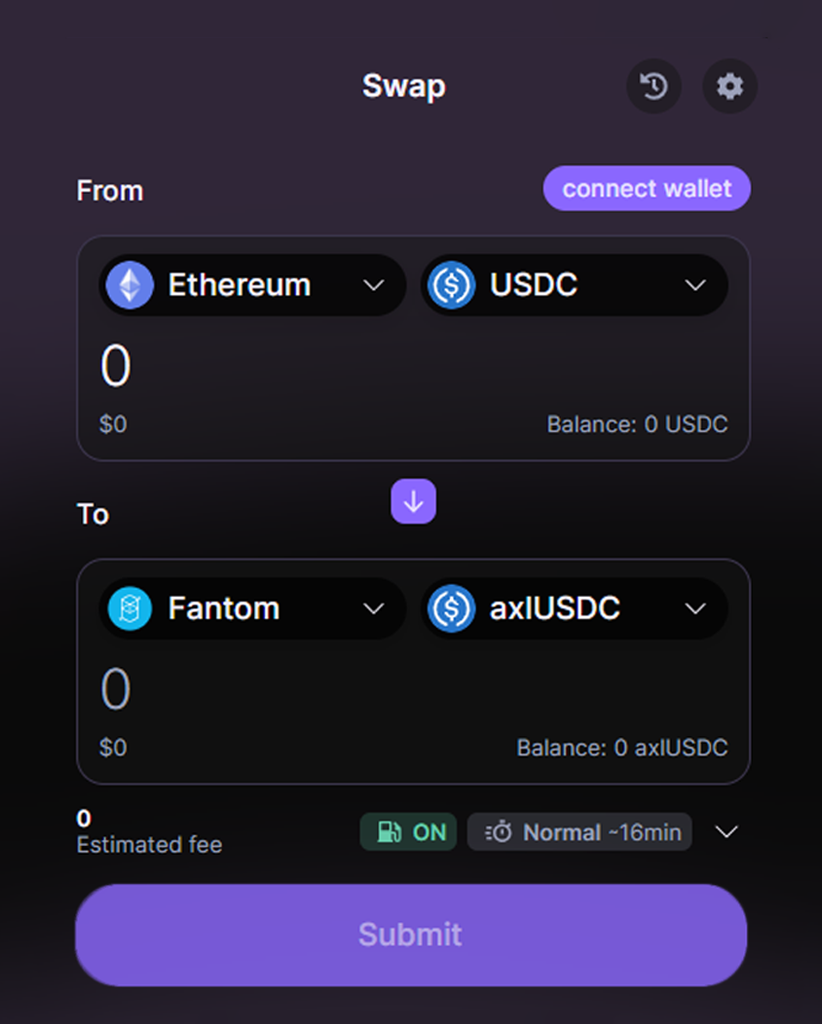
The Arrival gas feature swaps 1–2% of your tokens to FTM and delivers it to your destination address, which is helpful when transferring to empty addresses. Note that you will receive the Axelar versions of these tokens, which are labeled axlUSDC, axlUSDT, axlWETH, and axlWBTC. These track the prices of the native assets.
We note the information below is for informational purposes only. It is not intended to include all material information regarding the Fantom ecosystem, the interoperability protocols, or their tokens. Any showcasing of ecosystem partners is for informational and educational purposes only and should not be construed as an endorsement by Fantom to transact on their platform or service. Fantom takes steps to ensure its own compliance with all relevant laws and regulations. Fantom is not responsible for the actions of its ecosystem partners. The content provided does not constitute financial advice.
Fantom does not endorse any interoperability protocol or bridge. We must note that there are no official bridges on Fantom. As a decentralized and permissionless network, Fantom has no control whatsoever over the chain and the bridges and protocols operating therein. Ecosystem partners and community members contribute to the development of the chain and to its ongoing operations by maintaining the software code and network infrastructure required for the chain to function. Read our Important Notice to find out more.



